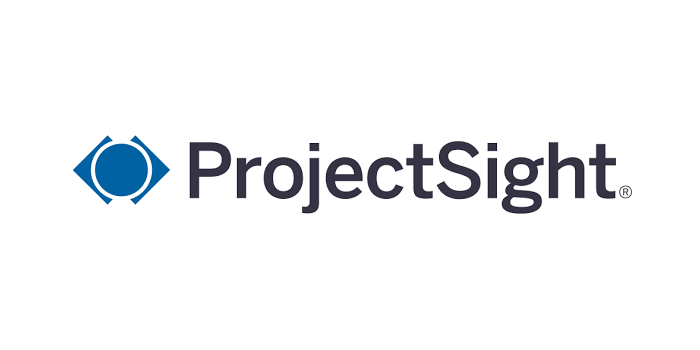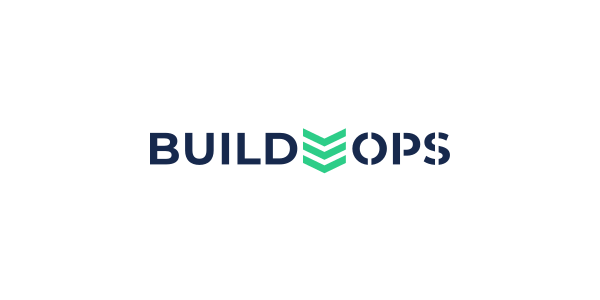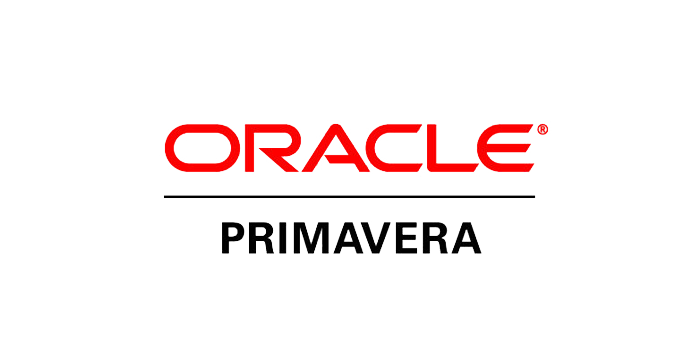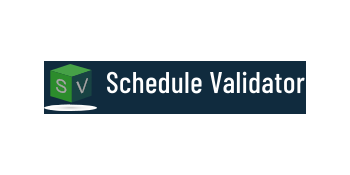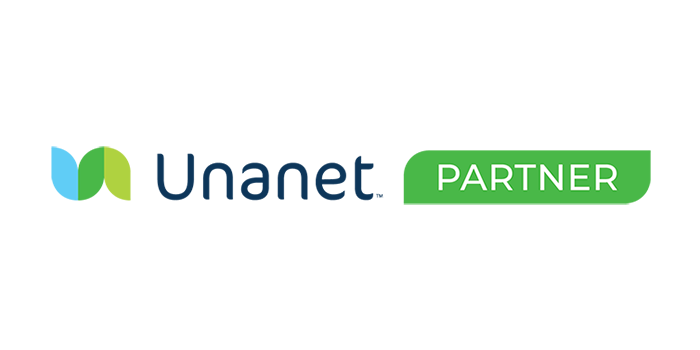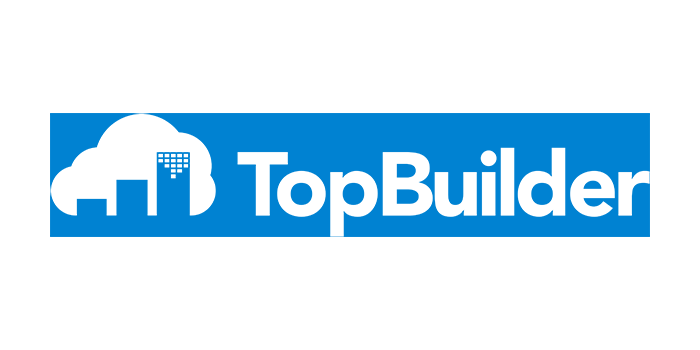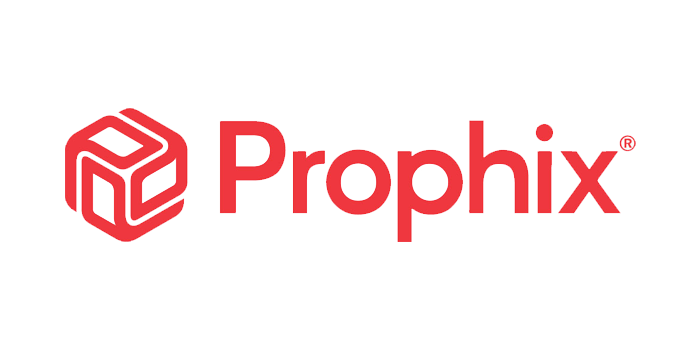Article written by Wayne Caccamo, Sr Director, Product Marketing, Oracle and appears on Oracle's EPPM blog.
It’s Happening, Keep Up or Fall Behind
We are in the midst of a transition to cloud based computing as the primary model for data center workloads. According to “Independent Shipment Analysis, Cisco Systems”, by 2014, over 50% of all workloads will be processed in the cloud; traditional computing will be in the minority. It is projected to reduce overall tech spending by $30B-$39B in 2013, replacing 14% of global on-premise spending in 2020. This transition translates into a cloud computing market growth rate of 37% from 2008 to 2013, from $13B to $55B. According to another source, the total cloud market was $20B in 2011 and is expected to reach $26.4B in 2012, equating to 32% growth year over year. Gartner pegged the expected growth rate between 2011 and 2012 at 37% (from $14.5B to $22.1B).
What is driving this growth from a supply-side perspective is a dramatic increases in processing power, storage and bandwidth, all at falling unit costs, that is tilting industry economics further in favor of cloud computing architectures. But, of course, this trend is not only driven by supplier-side economics and cost-based value propositions, but customer demand-driven benefits as follows.
The Speed Driver
According to the "CIO Global Cloud Computing Survey Results" (Citicorp, 2011), the number one demand side driver is speed of deployment (business agility, TTM and resulting increases in customer satisfaction). This is particularly true in the case of cloud PPM software, in contrast to traditional on-premise PPM software, that can take up to a year to deploy due to (1) software complexity, (2) costly and time-consuming programming services and (3) customization work required to get you up and running. Typically, cloud/SaaS enterprise software is deployed in a matter of weeks because it designed to be configured, not customized. According to an IDC report, SaaS applications can be deployed on average 5 times quicker. Hosted/managed service deployments also lead to faster implementations by avoiding three main roadblocks commonly encountered in onsite deployments:
- Procurement delays in acquiring new hardware or software
- Deployment delays related to new software approvals and IT training and support pre-requisites
- Delays associated with vetting consultants for security access needed to perform software configuration
Once deployed a big advantage of cloud PPM solutions is that maintenance, upgrades, and system administration takes place in the cloud and typically occurs more frequently and automatically, eliminating dependency on over-burdened IT departments.
The Cost Driver
The second biggest demand-side driver according to the "CIO Global Cloud Computing Study" is the ability to reduce IT infrastructure investment. Estimates on total cost of ownership (TCO) savings due to cloud operations vary considerably from 40-80%:
- Microsoft states cloud computing could decrease IT spending by 80%.
- IDC estimates average savings of 54% when comparing SaaS versus traditional on-premise application deployments.
- Citibank’s CIO industry interviews put cloud savings at around 50% versus in-house options and 25% versus outsourced dedicated systems.
- Hurwitz & Associates found that cloud-based business software cost 50% less over a four-year period for a 100-employee company.
- A case study from another source suggests 40% is a reality.
Where specifically do these savings come from? Here are the contributing factors:
- No hardware to buy and install (a browser and Internet connection is all that is needed)
- Minimal internal IT intervention up front
- Minimal or no network or server-level administrator involvement to manage on-going operations
- Minimal or no integration and customization consulting and programming expenses
-
Energy savings by eliminating the need for on-premise hardware and associated server electric bills
The energy savings alone can save a mid-size business more $10,000 or more per year, according to a recent sustainability impact study.
The User Experience (UX) Driver
Probably the next most important business driver is ease of use by end-users and administrators. The first thing to note about cloud PPM systems is that they are always on, anytime and anywhere. This makes it easier to support a distributed workforce that increasingly wants to use alternative devices like mobile phones and tablets. The average business will need to support twice as many end-user devices in 2015 as they did in 2010, providing further incentive to adopt a cloud-based infrastructure and applications. Cloud software solutions are designed to allow administrators to configure advanced functionality on the fly as organization and individual user needs grow and mature (i.e., there is no need for professional services intervention).
The Business Model Driver
Finally, another important business driver that should not be overlooked is the advantages of the cloud business model for customers as well as vendors and its impact on driving customer satisfaction. SaaS offers predictable annual or subscription-based pricing. This simplifies budgeting and forecasting and means that there is no need to make capital investments in software. It also accelerates ROI and time-to-value (TTV) since there is no large upfront capital expense associated with a perpetual license. And, since customers only pay for what they need, it is easy to get started with a small investment and a small deployment or pilot system, and scale incrementally as your user base grows.
Finally, with cloud PPM, capacity is elastic and infinite, thereby eliminating the need for cloud IT stakeholders to worry about usage spikes, provisioning for maximum capacity today, or plan far ahead into the future.


